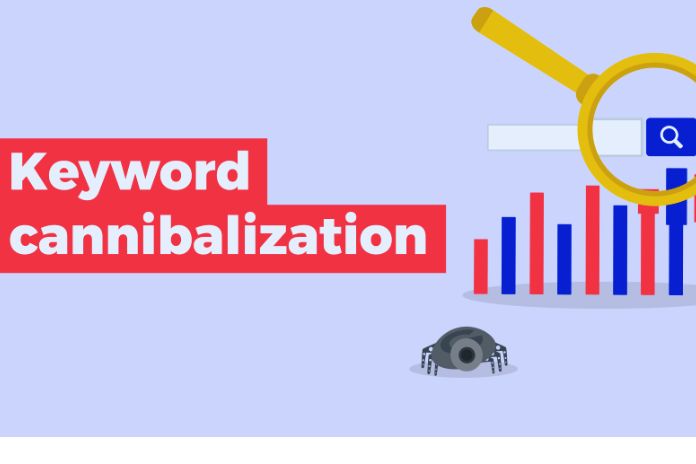Having a 360º strategy implies having a holistic view, both of the business itself and of the customer experience through data analytics. In the modern world, where people use a variety of online platforms and stay connected for many hours a day, having this 360º vision is a strategic imperative to gain a competitive advantage.
How Is A Project Aligned With This Strategy Carried Out?
The 360 ° vision provides a comprehensive perspective of the customer link with the organization and thus takes advantage of the data from different contact points and shows a complete picture of who they are. In fact, it is the basis for making the relationship with customers more experiential than transactional, as required by current times.
In turn, a 360 ° vision allows the relationship of customers with the brand to be transparent both in the past (history as a consumer and interactions in the various channels throughout the customer journey), and in the present (current behaviors, how it is linked and interacts with the organization, through which channels). And in doing so, it makes it easier to forecast what is likely to happen in the future.
With this information and the appropriate analytical capabilities, you can have a clearer perception of the customer – of their needs, their level of satisfaction and their value – and boost their loyalty by personalizing and optimizing their experiences. Customers can also be segmented to define differentiated actions and reduce the costs of marketing campaigns using all resources, not only financial but also people, to work only those prospects who are qualified targets for the company.
How To Do It With Data Analytics?
Today, organizations are supported by modern tools, some powered by AI (artificial intelligence), that enables enormous amounts of data to be converted into useful information for business decision-making.
What is pursued when using these platforms is no longer having Big Data, but rather smart data –that is, data that is properly contextualized, categorized and analyzed–, in order to be able to personalize the strategies, provide content of authentic value and interest and offer unforgettable experiences to customers. Relevant content at the right time.
Now, how is a customer service strategy of these characteristics organized? The first thing is to have the organizational commitment to put the customer at the center of the general business strategy and focus on obtaining the desired customer intelligence or customer intelligence. To achieve the latter, it is necessary to have a data management strategy and design protocols that encourage all departments to enter them in a consistent format. For what reason? Because customer intelligence requires high-quality data: they must be “clean,” organized, and categorized. Otherwise, the knowledge will not be precise or relevant.
Appropriate Tools
PowerData 360 ° strategy based on data analytics big data technologies allow this comprehensive view of the customer to be obtained more quickly and easily. When creating a 360º model, we must collect a wide range of information and combine it into one system – a tool to manage data.
As the sea of data that companies have can be overwhelming, a good recommendation is, first of all, to identify the commercial need and prioritize the use cases that offer the highest value, since this in turn will allow the types of data to be identified. acquire and then select the analytics to apply. In other words, to properly focus data collection, sales leaders must know what they want to measure and clearly establish a vision of what they want to achieve.
In the second instance, a base for the customer profile must be built: it is best to start with the minimum data elements that identify it. In this instance, it will be necessary to focus on data hygiene and install processes to label and rationalize it.
In initial stages, it will be convenient to take advantage of your own data obtained from a variety of sources (websites, social networks, advertisements, CRM, etc.). Then there will be time to incorporate data from third parties (external databases, public data sources, etc.), which will enrich the comprehensive vision.
Analysis Stage
Once the information is obtained, the data analysis stage will have to be promoted, which is what will allow commercial value to be obtained from it. Better understanding customers and how they interact with the organization is one of the keys to providing you with what you need when you are looking for it. As Mckinsey says, “If data is the oil of the digital age, analytics is the engine that turns it into energy.”
As the organization becomes more mature in its data analytics, it will be able to advance with predictive analytics processes that will enable it to detect behavior patterns and anticipate possible future behaviors. From this information, you can adjust your strategies, both to sell more and to optimize customer satisfaction levels.
In short, by having a 360º view of their business and their clients, companies lay the foundations for their data analysis strategy, which may become more complex in the future. In this way, they access the information necessary to offer increasingly satisfying experiences to their customers, enhance 360º engagement, and increase sales, which will naturally have a very positive impact on their bottom line.












Leave a Reply